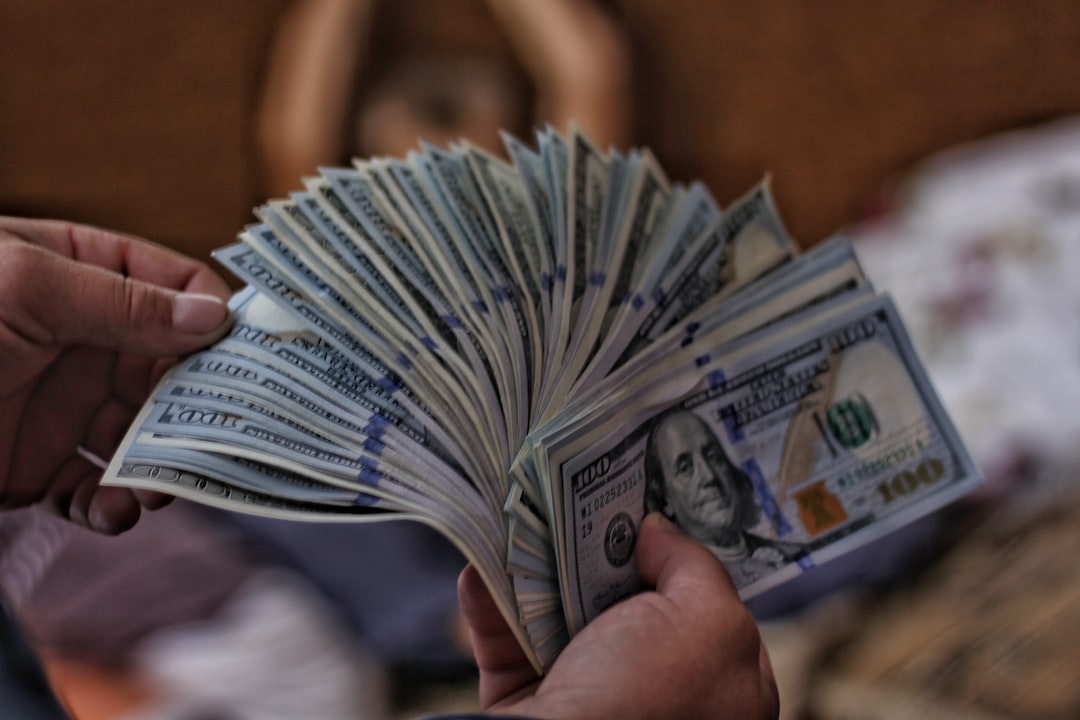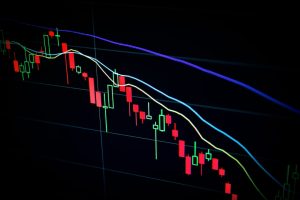Forex trading is a high-risk activity that can result in significant profits or losses. One of the most important decisions that traders must make is how much capital to risk in each trade. In this article, we will explore the factors that influence this decision and provide some guidelines for determining the appropriate amount of risk.
Risk Management
Before delving into the specifics of how much to risk in a forex trade, it is important to understand the concept of risk management. Risk management refers to the process of identifying potential risks and taking steps to minimize or mitigate them. In the context of forex trading, this means setting limits on the amount of money that you are willing to lose in a trade.
One of the most common risk management strategies is the use of stop-loss orders. A stop-loss order is an instruction to close a trade if the price of an asset falls below a certain level. By setting a stop-loss order, traders can limit their potential losses in a trade.
Another important risk management tool is position sizing. Position sizing refers to the amount of capital that is allocated to a particular trade. By limiting the amount of capital that is risked in each trade, traders can reduce their overall exposure to risk.
Factors That Influence Risk
Several factors can influence the amount of capital that traders are willing to risk in a forex trade. These include:
1. Trading Strategy: Different trading strategies have different levels of risk. For example, a scalping strategy that involves making multiple trades in a short period of time may require a smaller amount of capital per trade than a swing trading strategy that involves holding positions for several days or weeks.
2. Account Size: The size of a trader’s account can also influence the amount of capital that is risked in each trade. A trader with a larger account may be able to risk a higher percentage of their capital in each trade than a trader with a smaller account.
3. Market Volatility: The volatility of the forex market can also influence the amount of capital that is risked in each trade. In highly volatile markets, traders may need to risk less capital in order to avoid large losses.
Guidelines for Determining Risk
While there is no one-size-fits-all answer to the question of how much capital to risk in a forex trade, there are some guidelines that traders can follow. These include:
1. Risk no more than 2% of your account balance per trade: This is a commonly recommended limit for position sizing. By limiting the amount of capital that is risked in each trade to 2% of the account balance, traders can reduce their overall exposure to risk.
2. Set stop-loss orders: Stop-loss orders can help limit potential losses in a trade. Traders should set stop-loss orders at a level that corresponds to their risk tolerance.
3. Consider market volatility: Traders should take into account the volatility of the market when determining how much capital to risk in a trade. In highly volatile markets, it may be necessary to risk less capital in order to avoid large losses.
4. Set realistic profit targets: Traders should set profit targets that are realistic and achievable. By setting realistic profit targets, traders can avoid the temptation to over-leverage their trades in order to achieve unrealistic gains.
Conclusion
Determining how much capital to risk in a forex trade is an important decision that can have a significant impact on a trader’s overall performance. By following these guidelines and implementing effective risk management strategies, traders can reduce their exposure to risk and increase their chances of success in the forex market.





